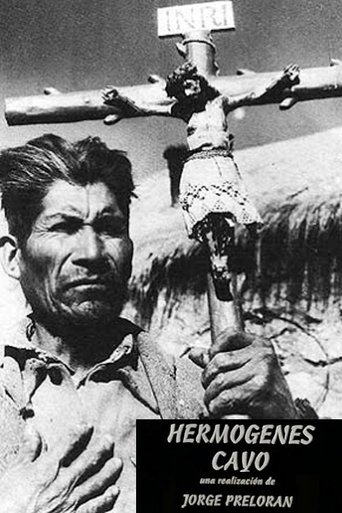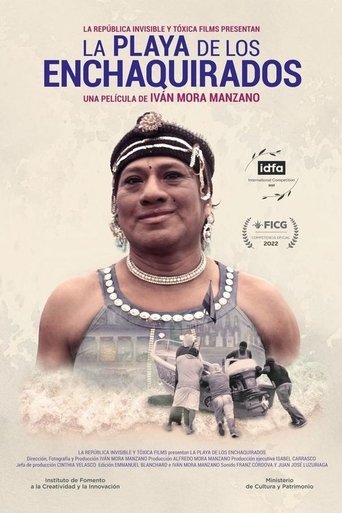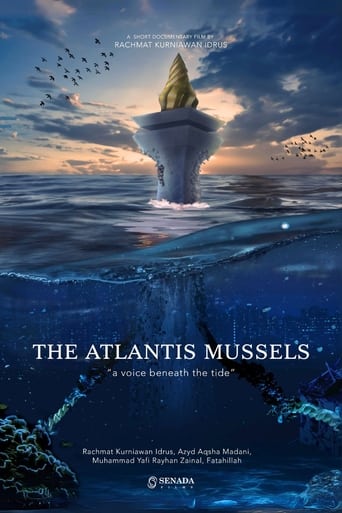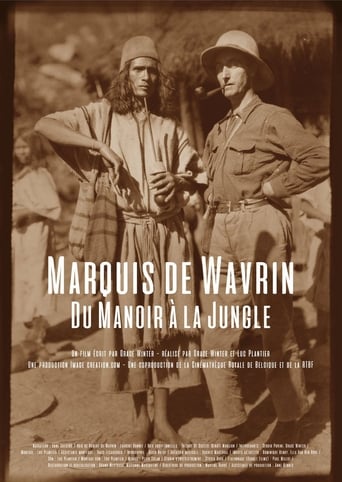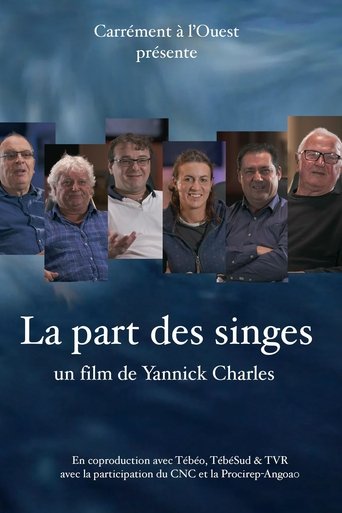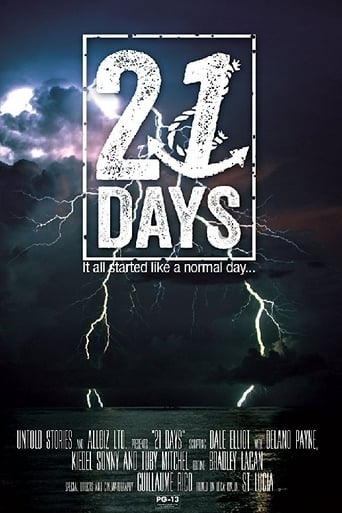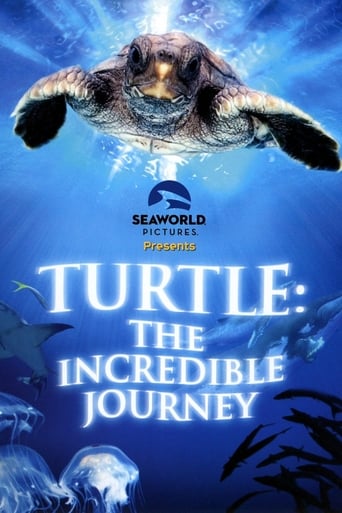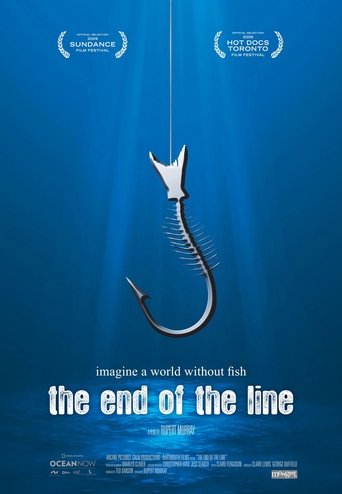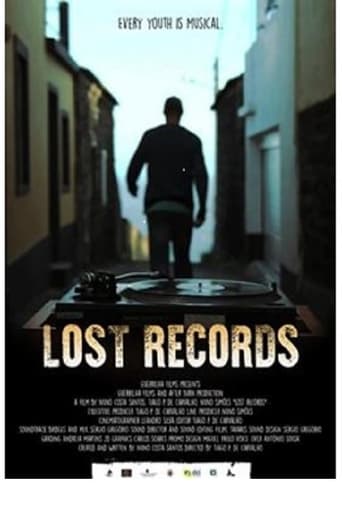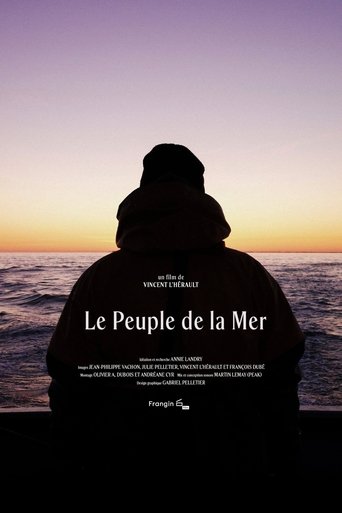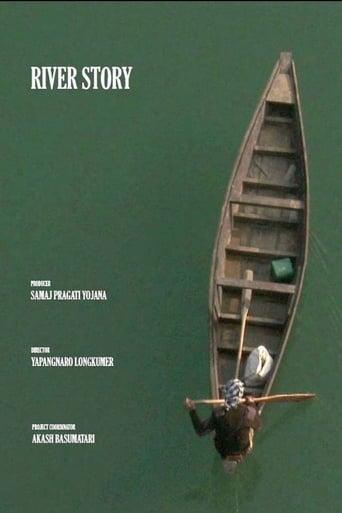
01 Mar 2018

River Story
Set in Nagaland, the film hopes to find resonance in other geo-political locations of the world where people living on the margins are challenged by the seemingly inevitable phenomenon of modernization. The film follows Zarenthung, a first generation fisherman as he navigates his new profession as the reality around him is changing.

